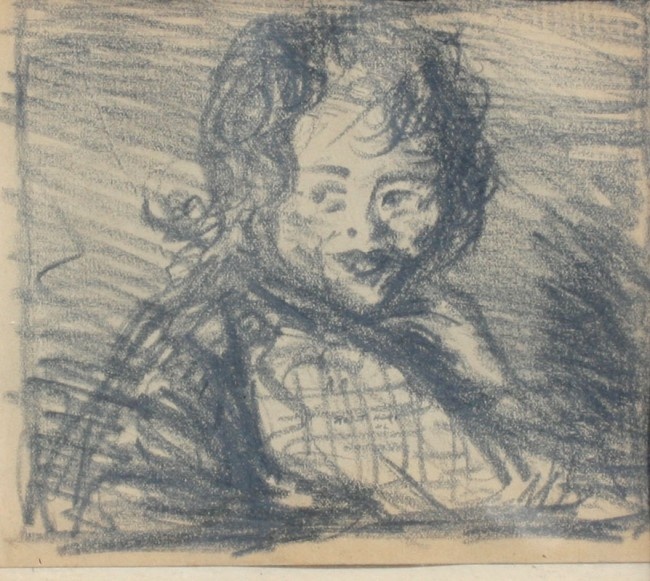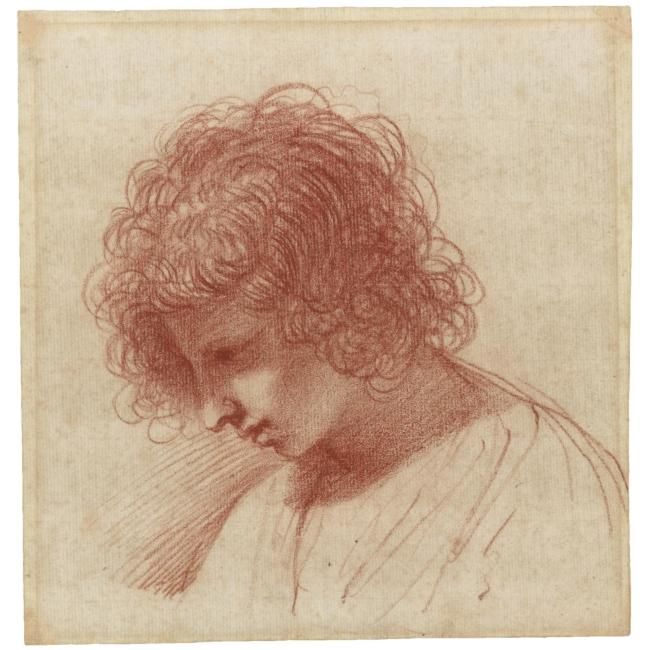Last year, I felt I was seriously in need of being shaken around as an artist, as I was too often wont to work in my comfort zone. I was experimenting every time I could, but there were not many occasions to work as an artist as other events were impinging too hard on my life. Nonetheless, the experiments were not all that daring, I felt.
This was one line of work - a mixture of realism and stylised silhouettes in Mylar. Another line of subject matter I was exploring was my on-going series on tree barks.
Another series was totally abstract, seemingly, but in reality, based on the extraordinary designs that Neolithic man had already devised for his pottery.
Nevertheless, I felt that I needed to free up, something that is quite hard to do with metalpoint drawing, as there is a terrific feel of friction, well almost friction, when one has the stylus making marks on the drawing surface. I wondered whether I needed to work much bigger, but also felt that for that purpose, metalpoint would be a very big challenge. So I decided that at my residency last summer at Draw International, in France, I would take lots of other drawing media and see what came of it all.
I soon realised that I needed to free up from more than just drawing inhibitions. I had to work through an enormous amount of stress from family illness with which I had been coping, even to getting enough sleep. Then I found that I was indeed being pushed out of any comfort zone, utterly. Of course, the resultant work was all over the place, but mostly I was using graphite, a much more forgiving medium and one that allowed for all sorts of smudged and gestural effects, the antithesis of metalpoint effects.
I struggled on, feeling at sea, conscious that I needed to feel at sea, but of course, that is never a happy place to be as an artist! I just had to listen to the small inner voice, that old friend, and be counselled that sooner or later, things would begin to work out and I would find my voice, albeit, I hoped, a slightly different and better one. Part of the trouble was, of course, that I have continued to have very little time to devote to art and to bury myself in it.
However, I had the luck to go off for the two blissful weeks to the artist residency I was given at OBRAS Portugal this early spring. There, suddenly, things began to feel more comfortable. Yes, I am still doing realistic things, but not always in the predictable realistic way of yore. I feel more comfortable in daring and venturing into much more unpredictable ways of working. In short, I am finding new voices, slowly slowly. The seeds that were rather painfully planted last year in my garden of art are slowly beginning to germinate. That is exciting.


















































